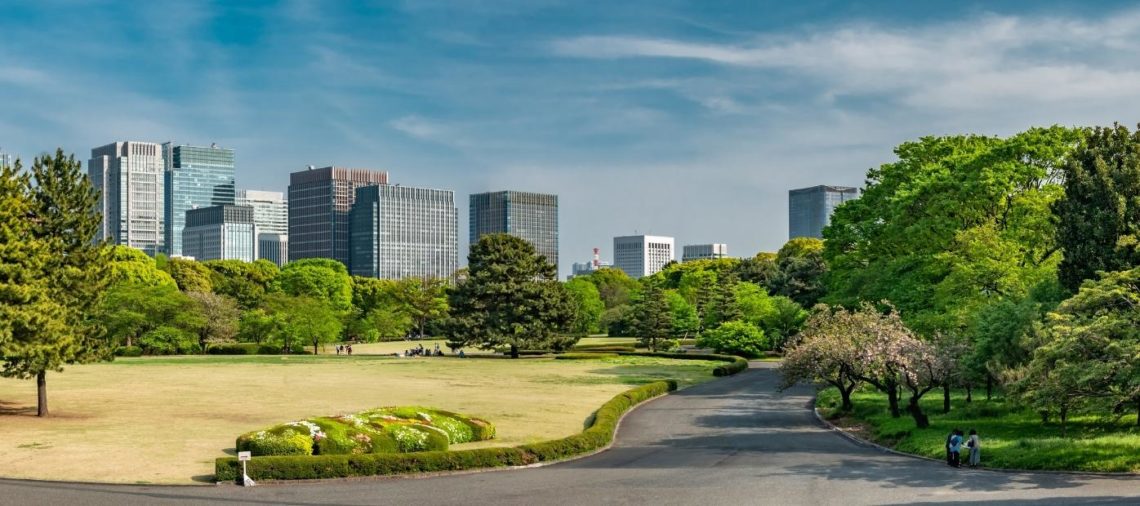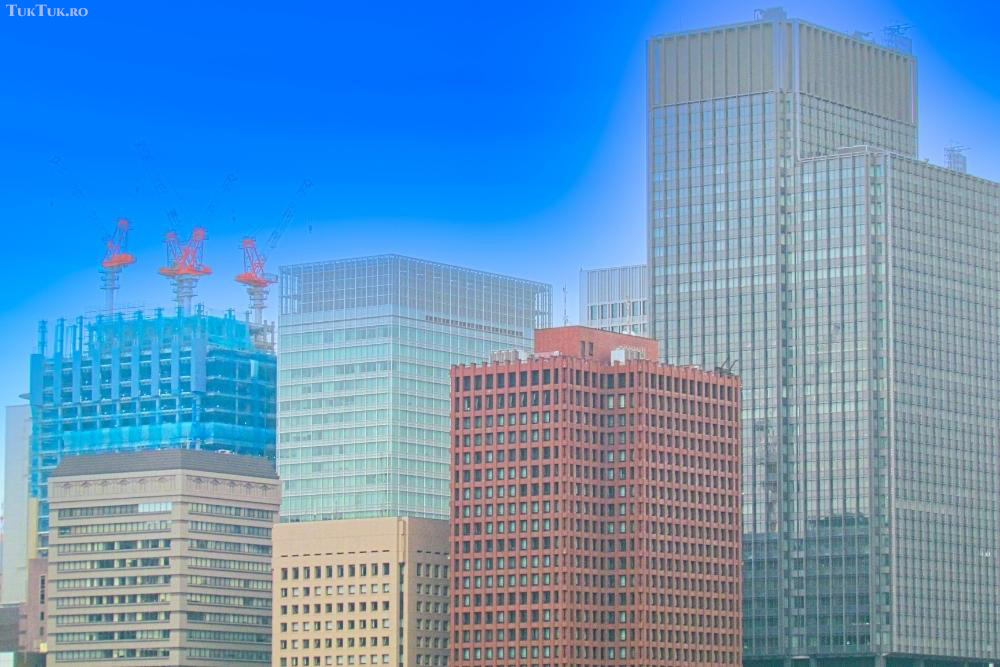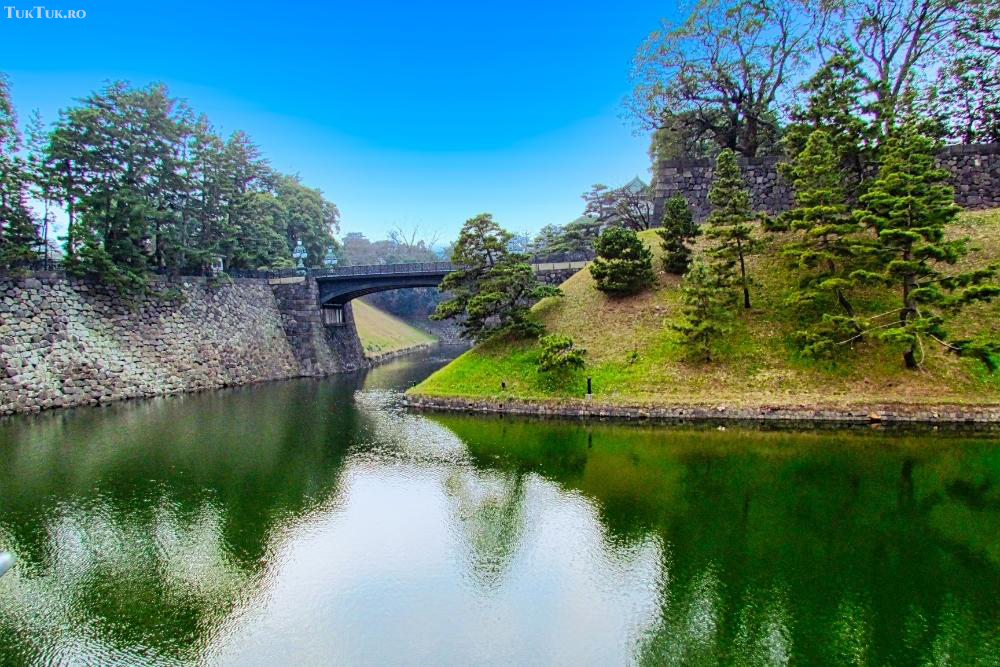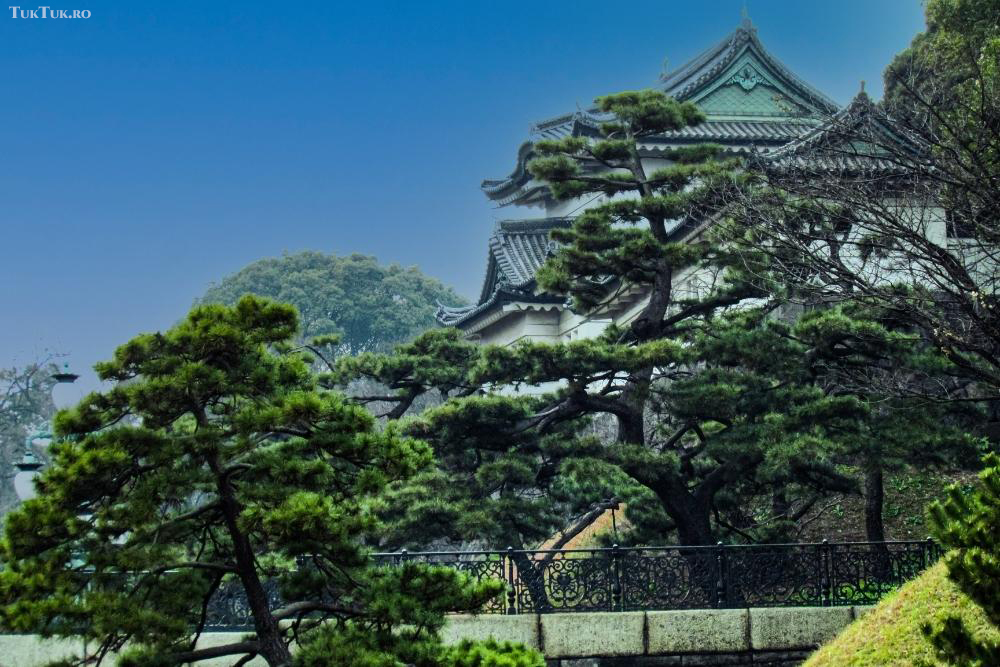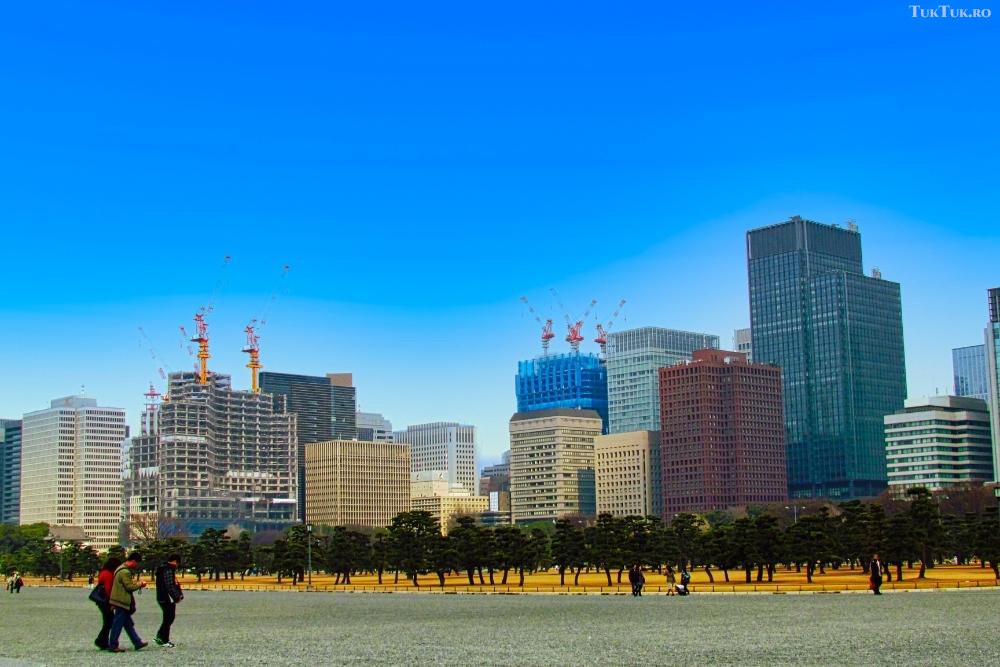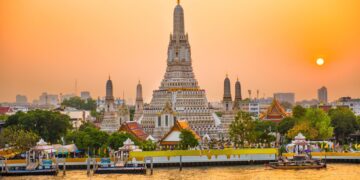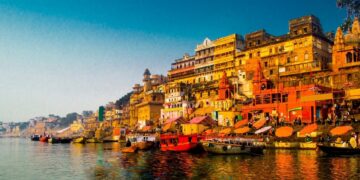If you feel the need for a relaxing time in the middle of a crowded Tokyo, you can have it in the Gardens of the Imperial Palace (officially called Imperial Palace East Gardens). Don’t expect significant satisfaction: the park is minimalist and seems, at first glance, rather a Chinese one, with communist air. Alleys are very wide and built of gravel, and trees are rather tight, pressed on a grass that is yellow at least in February.
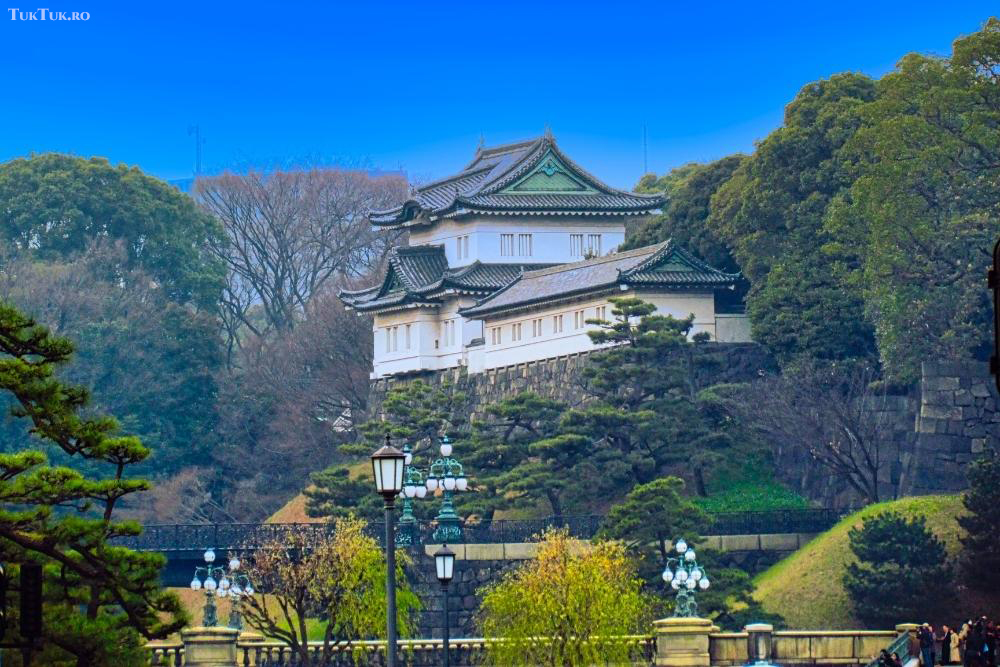
The park is surrounded by skyscrapers and is populated with tourists and Japanese going for relaxation walks with children or dogs. From Kokyo Gaien, the great area that exists in front of the Imperial Palace, visitors have the chance to see the Nijubashi Bridge (the double bridge, in translation), one of the famous Japanese bridges. His name derives from the fact that in the old days, the “steel” bridges were made, in fact, of wood and were reinforced with wooden barns, which created the impression that they were double bridges.
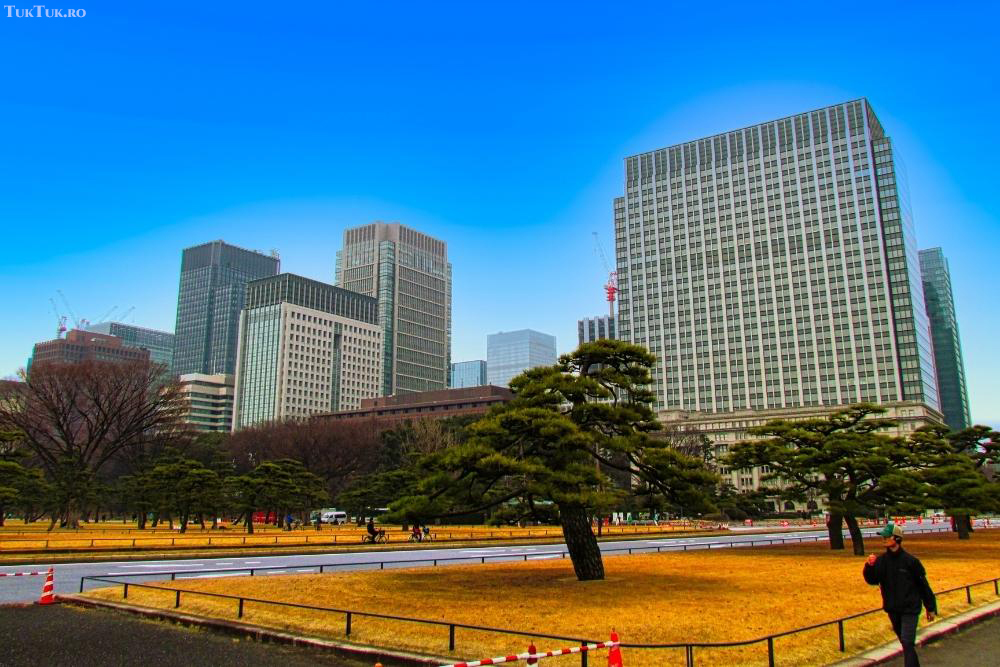
The Nijubashi Bridge is opened on special occasions such as formal ceremonies or visits by high officials to the Imperial Palace. The palace itself is closed to public visits almost all year round. Exceptions are January 2 (on the occasion of the New Year) and December 23 (on the Emperor’s day), but then the cramming is very high. The Imperial Palace is built on the site of the former Edo Castle (near Tokyo station) and is surrounded by water ditches. It is the residence of the Japanese imperial family, and it was rebuilt after it was destroyed by bombing during World War II. It is not an architectural masterpiece, his gardens do not excel in beauty, but a visit of the surroundings is worth doing, even in rapid passing.

